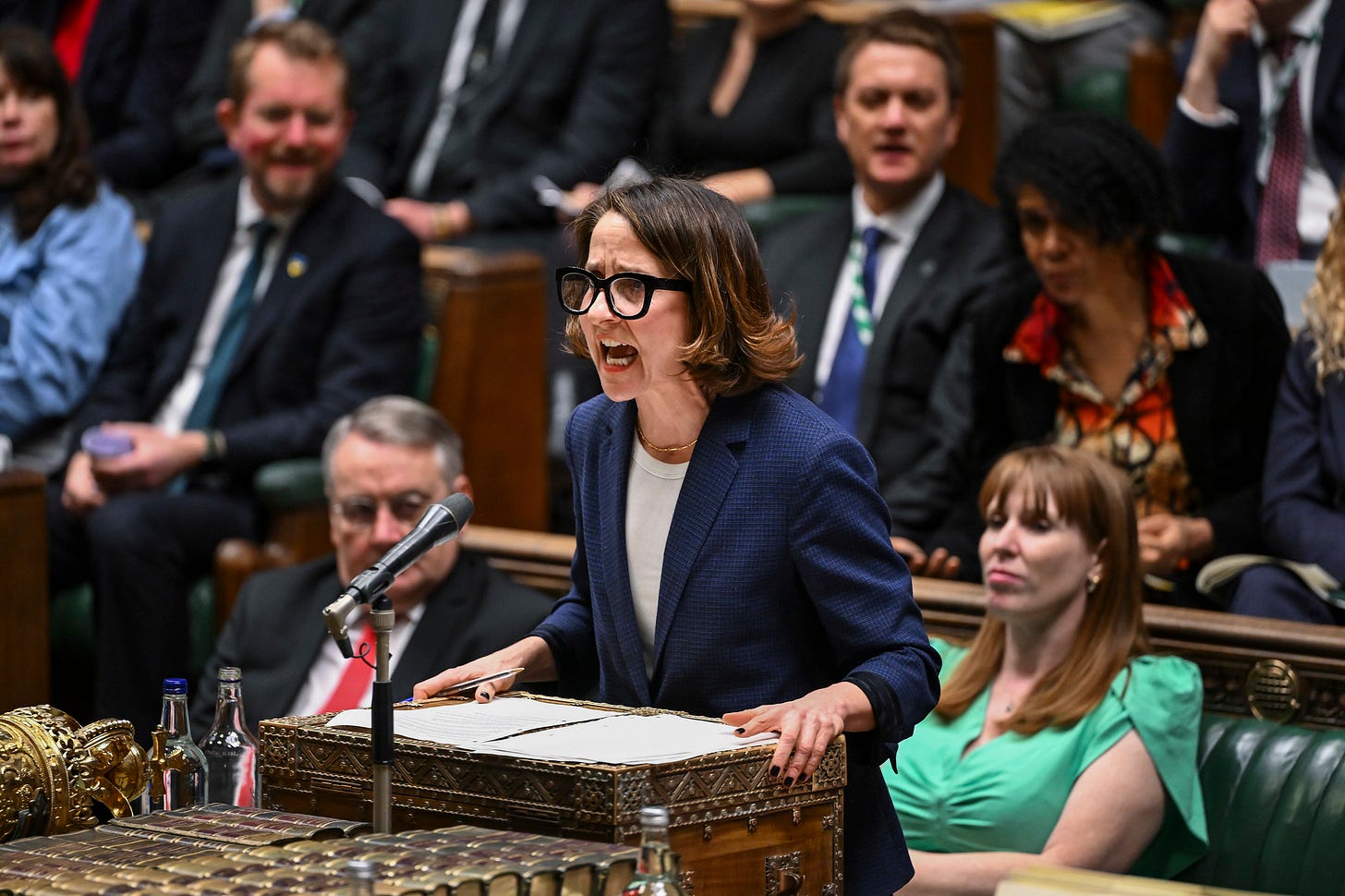The Lead Untangles: Welfare cuts, PIP and plans more popular with the Tories than Labour
The benefit cuts have been described as 'immoral' but Labour is convinced it can support more people back into work
At a glance facts
The Labour Government announced their plans to cut billions of pounds from welfare spending on Tuesday, ahead of the upcoming spring statement.
Welfare spending has massively increased in recent years with Britain’s aging and increasingly unwell population.
In 2023-24…
Keep reading with a 7-day free trial
Subscribe to The Lead to keep reading this post and get 7 days of free access to the full post archives.




